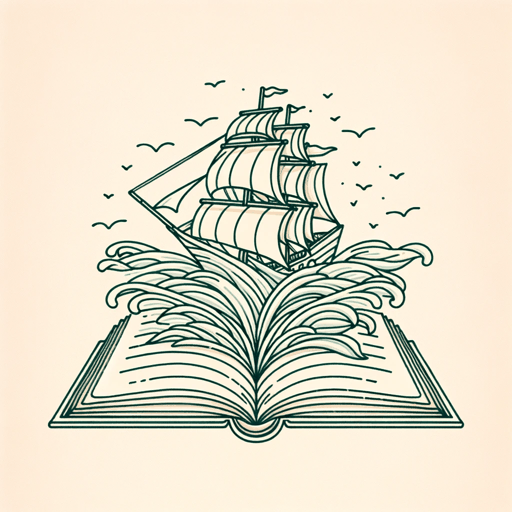20 pages • 40 minutes read
Emily DickinsonThe Only News I Know
Fiction | Poem | Adult | Published in 1929A modern alternative to SparkNotes and CliffsNotes, SuperSummary offers high-quality Study Guides with detailed chapter summaries and analysis of major themes, characters, and more.
Background
Literary Context
Dickinson was well-versed in the literary canon from a young age and was thoroughly educated in traditional texts like the Bible, Shakespeare’s tragedies, Milton’s Paradise Lost, and George Herbert’s religious poetry, but her influences greatly diversified and broadened in her twenties when she had completed her classical education. Dickinson read works from English contemporaries like the poets Robert and Elizabeth Barrett Browning, the Brontë sisters, and novelist George Eliot, all of whom she found artistically inspiring.
Even more influential than those authors, however, were John Keats and the Romantic poets. While Dickinson’s poetry does not completely align within the Romantic Movement, it does incorporate elements of that philosophy. Although she was fascinated by the natural world and plant life in particular, Dickinson’s primary concern was not the separation of humankind from nature which Romantics like William Wordsworth and William Blake lamented. Dickinson was more concerned with the “sundering of the human and the divine” (Brantley 159), not unlike the Romantic poet Keats. In “Ode on a Grecian Urn,” Keats addresses an ancient Greek urn, describing and reflecting on the images painted on it. The poem considers issues of legacy, immortality and mortality, and art. The poem demonstrates Keats’ belief that art can create immortality and can become a kind of spiritual experience.
Related Titles
By Emily Dickinson

A Bird, came down the Walk
Emily Dickinson

A Clock stopped—
Emily Dickinson

A narrow Fellow in the Grass (1096)
Emily Dickinson

Because I Could Not Stop for Death
Emily Dickinson

"Faith" is a fine invention
Emily Dickinson

Fame Is a Fickle Food (1702)
Emily Dickinson

Hope is a strange invention
Emily Dickinson

"Hope" Is the Thing with Feathers
Emily Dickinson

I Can Wade Grief
Emily Dickinson

I Felt a Cleaving in my Mind
Emily Dickinson

I Felt a Funeral, in My Brain
Emily Dickinson

If I Can Stop One Heart from Breaking
Emily Dickinson

If I should die
Emily Dickinson

If you were coming in the fall
Emily Dickinson

I heard a Fly buzz — when I died
Emily Dickinson

I'm Nobody! Who Are You?
Emily Dickinson

Much Madness is divinest Sense—
Emily Dickinson

Success Is Counted Sweetest
Emily Dickinson

Tell all the truth but tell it slant
Emily Dickinson

There is no Frigate like a Book
Emily Dickinson

